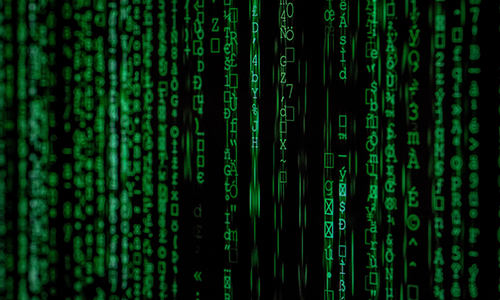6 min read
Loopfront customers manage material with a combined value of around €16 million
By: Michael Curtis on Feb 22, 2023 2:00:00 PM

For some, including myself 2022 ended very quickly, in fact so fast that I didn’t manage to end the year by sharing a list of what happened in the world of circular economy, at Loopfront. 2022 was still a year with strained supply chains, inflation and increased material prices. Something that will lead to new operational models incorporating reuse will become more and more common in 2023 and beyond. 2022 also was a year where we at Loopfront got much of the technological foundational work completed with inventory management and helping customers reduce waste of materials.
Our customers (naturally) want to ensure greater levels of reuse, but an important effect of working closely with reuse is also better inventory management. Among other things they:
- find out a great deal about what materials they have,
- know where the materials are,
- are more conscious of what materials they do need more of,
- know how to manage and be effective with storage,
- and see how materials are moving.
But we are not satisfied, we want to help our customers reach even further. In 2023, we aim to deliver digital intelligence to help customers minimize costs and be more aware of the context around reuse and reducing waste.
Loopfront has produced some insights regarding circularity and processes I want to share. Today it is about creating savings and increasing efficiency.
Welcome to explore aggregated data from Loopfront, check out the specifics below.
- 1 -
With Loopfront, over 50 real estate owners have now acquired a closed-loop system and implemented circularity into their operations. They are also sharing their data, creating data visibility with service providers.
With better technology, we can create more accessible data, the message for 2023.
- 2 -
Materials are shared and ordered on a daily basis. Current data shows what materials are being reused, some customers are making daily savings of roughly ~800 kgs in avoided waste and, on average, €100k savings per month with closed loop systems only.
Ultimately, we want to dig deeper and provide better digital intelligence to organizations.
- 3 -
Customers are managing materials in Loopfront that have an estimated combined value (alternative cost) of €16 million. With this information on the value of materials, more effective management of these products and inventory levels will come into focus.
Customer stakeholders will likely not let this value go to waste.
- 4 -
Reuse rates in some closed loop ecosystems exceed 80%, the average across all ecosystems hovering at 25%*.
We see building an effective and working supply and demand model requires an adequate amount of supply beforehand. Many organizations that want to work more sustainably are building up a product bank to support the transition to circularity.
*In 2022, we suddenly saw a tendency appear that customers like to survey a large volume of materials before making materials available and beginning the reuse process.
- 5 -
In total, customers’ savings from reuse have now surpassed €4 million. A great achievement! When looking at the data, it shows these savings were created by stakeholders who are involved in the immediate supply chain.
By being able to include data from partners and to share data to reach more stakeholders, we will be able to better predict savings in the future.
- 6 -
There is a large potential to define and refine an organization’s circular strategy when we keep the transaction data, when materials get reused. It creates a sort of feedback loop which can help reduce the risks of limiting and stopping reuse. Without the inclusion of the product data as part of the transaction process, organizations will miss out on opportunities to see where and how bottlenecks happen. For example, what can the data tell us if some materials are being reused faster than others?
Loopfront is working on creating more visibility around reuse by including product data as a component in the reuse transaction process. Understanding reuse better and automation in the reporting of economic and environmental savings motivates reuse.
- 7 -
Aggregated data of all materials across all loops show customers are achieving better and better “turnaround times”. The average time from when a material is put out for use until it is ordered is 64 days.
We see material availability times have been reduced by 50% in 2022!
Interested in more statistics?
Are you involved in the circular ecosystem and targeting operational improvement? Then please get back to me to let me know if this information is useful. What other insights or statistics are useful for you and your organization to speed up your sustainability work?
 Contact: Michael Curtis
Contact: Michael Curtis
Founder and Chief Circularity Officer at Loopfront
Related Posts
Mapping thousands of materials and furniture for reuse at NTNU
In 2012, Universitetsavisa (The university newspaper) published the article “Gode møbler går på ...
Welcome to Loopfront Arild Nilsen, and the assignment as CEO!
What is it about Loopfront and the job that attracts you? We all feel the effect of climate change ...
How to map used building materials!
During this year, several municipalities and organizations in Scandinavia have mapped over 30,000 ...


